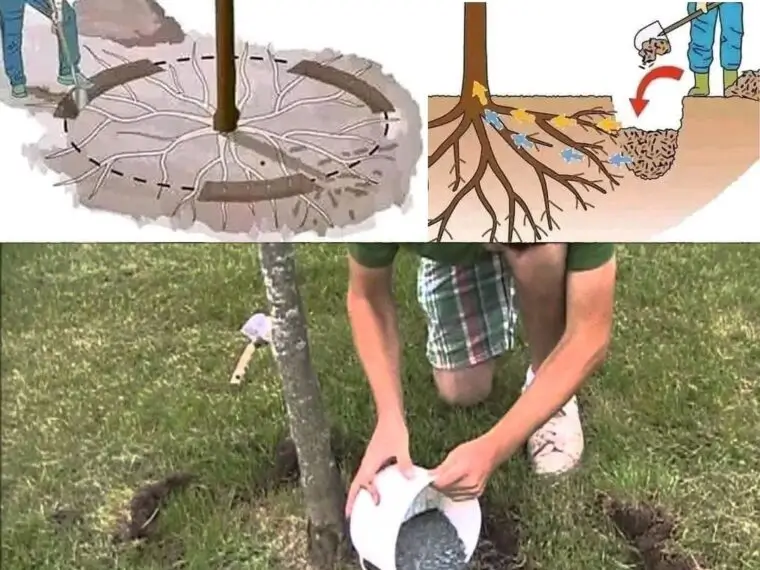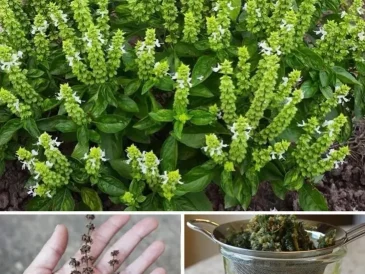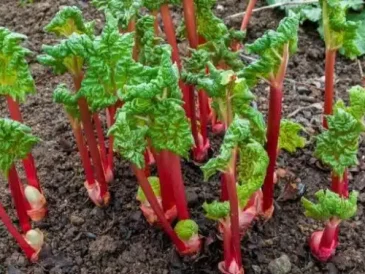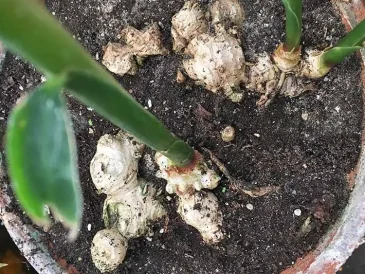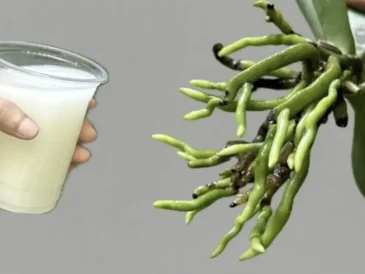Fertilizing trees is essential for promoting strong, healthy growth and ensuring they receive the nutrients necessary for thriving year-round. Many people make the common mistake of simply scattering fertilizer around the base of the tree. However, as the image illustrates, there is a more effective method that ensures nutrients reach the roots where they’re needed most.
Why Proper Fertilization Matters
Trees rely on deep roots to absorb water and nutrients from the soil. The outer roots, known as feeder roots, are primarily responsible for nutrient uptake. These roots spread far beyond the trunk, often extending to the tree’s drip line—the area directly beneath the outermost circumference of the tree’s branches. Fertilizing near the trunk misses these vital feeder roots.
The Correct Method to Fertilize Trees
- Identify the Drip Line:
Imagine the canopy of your tree as an umbrella. The drip line is where the rain would naturally drip off the edge. This is where most feeder roots are concentrated. - Dig Circular Trenches:
Using a shovel or garden fork, dig shallow trenches in a circular pattern around the tree, focusing on the area beneath the drip line. These trenches should be 2–4 inches deep to expose the feeder roots without damaging them. - Apply Fertilizer:
- Choose a slow-release, balanced fertilizer (such as 10-10-10) to provide consistent nutrients over time.
- Distribute the fertilizer evenly into the trenches, not directly at the tree’s base.
- You can also create multiple small holes (about 6 inches deep) in a circular pattern instead of trenches, filling them with fertilizer.
- Water Thoroughly:
After applying the fertilizer, water the area deeply. This helps dissolve the nutrients and allows them to penetrate the soil, reaching the feeder roots efficiently. - Mulch for Moisture Retention:
Add a layer of organic mulch (like wood chips or straw) around the base of the tree, keeping it a few inches away from the trunk. This helps retain moisture, regulate soil temperature, and reduce weed competition.
Key Tips for Effective Tree Fertilization
- Frequency: Fertilize young trees once or twice a year (early spring and fall). Mature trees may only need fertilization every 2–3 years, depending on soil conditions.
- Avoid Over-Fertilizing: Too much fertilizer can burn the roots, weaken the tree, and harm the environment through runoff.
- Soil Testing: Conduct a soil test to determine nutrient deficiencies before fertilizing. This ensures you’re providing what the tree truly needs.
- Watch for Signs: Yellowing leaves, stunted growth, or sparse foliage can be signs of nutrient deficiency.
Common Mistakes to Avoid
- Fertilizing Too Close to the Trunk: This can cause root burn and neglect the outer feeder roots.
- Using High-Nitrogen Fertilizers Excessively: While nitrogen promotes leaf growth, too much can weaken the tree’s structure and reduce fruit production.
- Neglecting Watering: Fertilizer without proper watering won’t reach the roots effectively.
Conclusion
Proper tree fertilization isn’t just about adding nutrients—it’s about delivering them efficiently to support strong root development, lush foliage, and overall tree health. By focusing on the drip line, digging trenches or holes, and combining fertilization with adequate watering and mulching, you’ll ensure your trees thrive for years to come.
